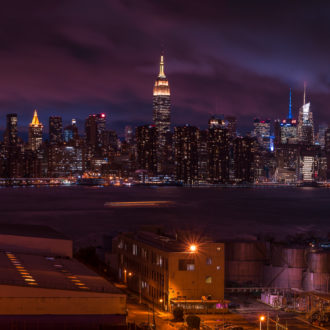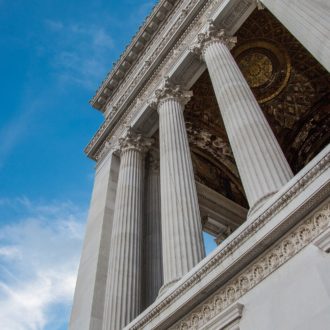Follow Up: Insetting One Photo On Top of Another In Lightroom
Hi Gang: This is just a quick follow-up to my post earlier this week on Back-screening an image. At the end, I showed an example with an inset photo overlapping a full bleed photo and I offered to show how it’s done (because it’s not super obvious. Well, it wasn’t to me the first time I tried it anyway). A few folks asked me to show it, so here’s one way to get it done:
STEP ONE:
While you can do this from scratch using the “Custom Package” Layout Style (in the Layout Styles panel) and then use the Cells panel to create it, I think it’s quicker to start with one of Adobe’s built-in templates — it just saves you a few steps — so start by clicking on the Template “Custom Overlap x 3 Landscape as shown here to bring up the template.
STEP TWO:
We want a full bleed back-screened photo behind our inset, but by default there’s a margin all the way around the letter sized template, so click the Page Set-up button at the bottom of the left side panels, and choose “Manage Custom Sizes” from the pop-up menu and when the dialog you see above appears, set your borders to 0 inches on all sides, then click OK.
STEP THREE:
Drag your back-screened image into the large 8×10 cell that’s already there (as seen here). We only need two cells (not four), so click on the other two cells (one at a time) and hit the Delete key (PC: Backspace) to remove them from our layout, so you’re left what just what you see here — two cells, with one smaller one overlapping the background image.
STEP FOUR:
Grab the edges of your background image and just drag each to the edges of the paper to create a full-bleed image (with no white border, like you see here). Then right-click on the smaller cell in front and choose “Rotate Cell” from the pop-up menu appears so we can flip this cell so it’s tall rather than wide.
STEP FIVE:
Now drag the image you want as your inset from the Filmstrip up into this tall cell (in this case, it’s the bride peeking out the front doors of the church) and click and drag it wherever you’d like. Lastly, add your custom Identity Plate text like I showed in Monday’s post.
That’s it. Pretty quick and easy. 🙂
UPDATE: One of my awesome readers, Paul C (from the UK) just commented not to forget to save this is a template, so you only have to do this, this one time. Thanks Paul! 🙂
Hope you have a fantastic Thursday and I hope to see ya back here tomorrow.
Best,
-Scott







